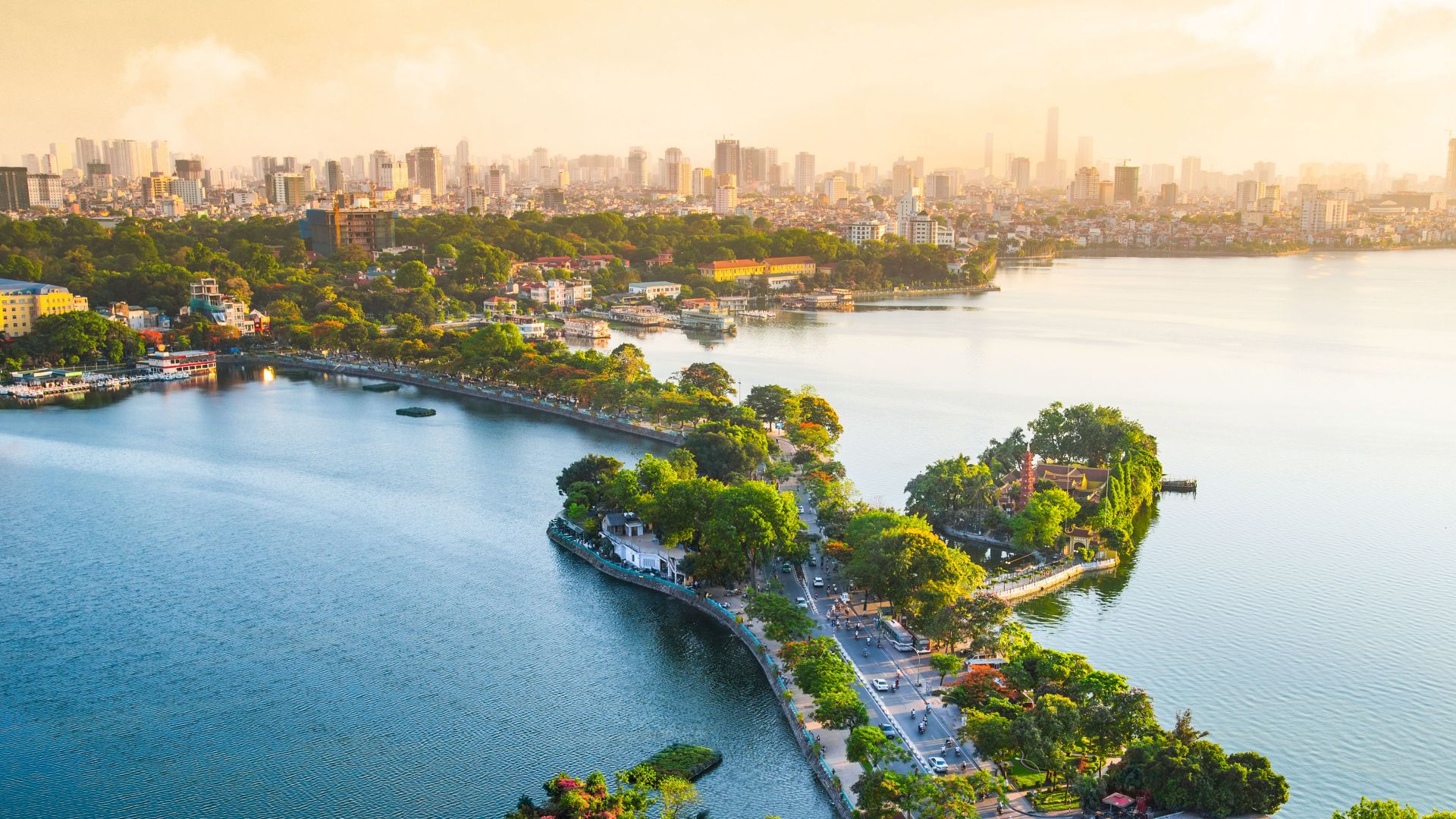As the world’s population grows, so does the burden on cities and resources, necessitating urban planning and development. In response, Sika is pushing the boundaries of innovation to create solutions that are sustainable, affordable and durable.
Key Facts and Figures
Population
The global population, 8 billion in 2023, is estimated to reach 8.5 billion in 2030 and 9.7 billion in 2050. Slowing growth, from 1-2% to 0.5% annually, as a result of decreased birth rates and ageing population.1
By 2050, Europe’s population is expected to decline the most, followed by Asia and North America. Africa will see the strongest growth.2
About 77% of the world's population lives on two continents: Asia (60%) and Africa (17%). In 2023, India overtook China as the world’s most populous country.3
Economy
IMF forecasts a 20% global economic growth over the next five years; 14% rise in per capita GDP by 2028 despite the population surge.
Emerging and developing economies to see the strongest CAGRs over the next five years - Bangladesh (6.5%), Vietnam (6.1%), Philippines (5.8%), India (5.6%), China (4.8%).4
Sub-Saharan countries such as Uganda, Tanzania, Ethiopia, Rwanda, Kenya and Senegal are projected by the IMF to grow over 5% annually till 2028. Some of these countries are marked by political instability.
Global population by size and growth5
Estimates for 1950-2022 and medium scenario with 95% prediction for 2022-2050.
Impact on Sika
- Population growth leads to demand for housing, commercial spaces, office spaces, transportation, hospitals etc., offering expansion and innovation opportunities for the construction industry.
- Rising populations will outpace the current infrastructure, necessitating widespread upgrades and reinforcing of the old buildings in the developed countries.
- The emerging markets in Asia and Africa will develop stricter building codes, demanding construction materials of a higher performance.

